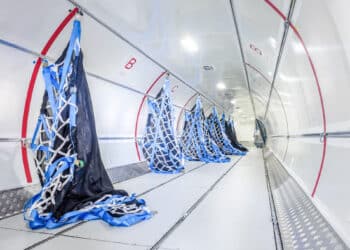Track & Trace: Conflicting requirements for serialization
 Part of what makes serialization complicated is the lack of harmonized requirements. At the macro level, serialization guidelines are not standardized from country to country. In fact, serialization requirements can vary dramatically from company to company, raising a host of questions that must be considered well in advance of item-level serialization implementation.
Part of what makes serialization complicated is the lack of harmonized requirements. At the macro level, serialization guidelines are not standardized from country to country. In fact, serialization requirements can vary dramatically from company to company, raising a host of questions that must be considered well in advance of item-level serialization implementation.
Lucy Deus, head of products at TraceLink, noted four key questions that serve as the foundation for Pharma-3PL compliance preparation workshops she has led:
- What kind of information does the manufacturer or the brand owner want to receive from the 3PL?
- At what frequency does the brand owner need the information?
- What information does the 3PL need from the brand owner?
- How can the parties exchange information at the appropriate interval to ensure the brand owner is up to date on compliance?
Varying answers to these questions mean that solutions often must be tailor-made to fit the individual needs of the shipper and 3PL. Matthew Deep, vice president of technology at DMlogic, reiterated that the difficulty comes into play when 3PLs break down shipments and try to tie cases and units to the original shipment. “Systems can’t handle that right now – no off-the-shelf, fully integrated solutions that can handle current picking processes, as well as the serialization scanning component,” he said. “To solve this issue, a lot of companies have built ‘edgeware,’ which sits on the side of the current system and receives the serial data.” The edgeware then either merges data back the product or pushes it on to be married with shipment and interface at a later point. WDSrx, for example, integrates software from three separate vendors into its current WMS system to comply with DSCSA.




